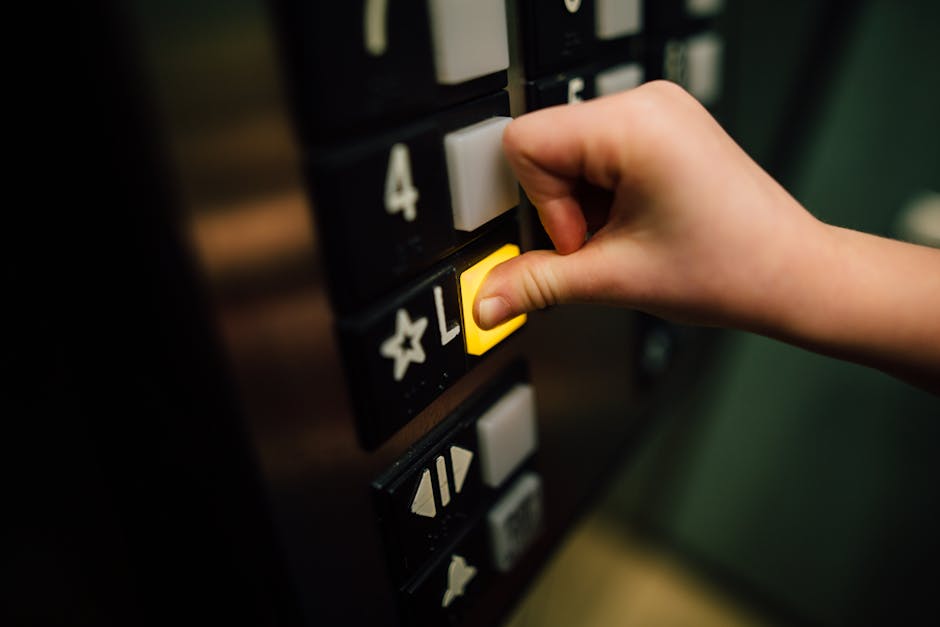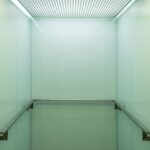In the dense heart of cities like New York, maximizing every square foot is critical for developers, architects, and property managers. Space is at a premium, and as a result, elevator design has become a key driver in shaping how building footprints are planned. One of the most transformative innovations in recent elevator technology is the Machine-Room-Less (MRL) elevator, an approach that’s redefining what’s possible in modern urban building design and operations.
What Makes Machine-Room-Less Elevators Different?
Traditional elevators typically require a separate machine room—usually above or adjacent to the hoistway—to house motors, controllers, and related machinery. In contrast, MRL elevators integrate all essential mechanical systems within the hoistway itself, either at the top or alongside the shaft. This compact configuration eliminates the need for a dedicated machine room, unlocking a substantial amount of usable space elsewhere in the building’s footprint.

Core Space-Saving Benefits for Urban Building Design
- Reclaim Valuable Square Footage: By eliminating the need for a machine room, MRL elevators can free up 10–15 square meters (or more) per shaft, which can be repurposed for lucrative retail, amenity, or residential spaces.
- Flexible Layouts: The compact elevator footprint allows for creative floor plans and core layouts, supporting narrow lots, unconventional geometries, and flexible stacking of units or amenities.
- Better ROI for Developers: Every unlocked square foot can contribute to additional revenue. In highly competitive property markets, even a small increase in usable area often translates into significantly greater leasing or sales value.
How Urban Projects Gain an Edge with MRL Elevators
In our experience at Kaiser Elevator working throughout New York and other dense metro regions, MRL elevators are especially transformative for these project types:
- Mid- and High-Rise Residential Developments: Gain supplemental apartments, larger amenity floors, or more efficient core-to-leasable area ratios.
- Commercial Buildings & Offices: Maximize open-plan workspaces or lobby areas and enhance core circulation designs—exactly where each square foot is at a premium.
- Hospitality & Healthcare: Deliver more guest rooms, better patient pathways, or flexible service layouts where comfort, accessibility, and noise minimization are critical.
- Parking & Car Stacker Systems: Integrate vertical car stacking without wasting headroom on machine rooms, which can directly increase parking revenue.

Technical Advantages: More Than Just Space Savings
- Streamlined Construction: Removing the machine room simplifies structural requirements, roof penetrations, and trade coordination. This can cut both direct costs (less steel, no major ceiling or roof modifications) and indirect ones (shorter schedules, fewer change orders).
- Energy & Maintenance Efficiency: Most MRL models use gearless traction motors with regenerative drives and LED lighting, reducing both energy use and operating costs. Maintenance is simplified, as there are fewer external points of failure and less risk of machinery exposure to temperature or humidity swings.
- Rider Comfort & Noise Reduction: Advanced engineering minimizes vibration and mechanical noise transfer, so riders experience smoother, quieter trips. This enhances occupant satisfaction—an important selling point in premium residential and office projects.
- Code Compliance & Safety: At Kaiser Elevator, every system is engineered to meet or exceed the latest ASME, ADA, and applicable local (e.g., NYC) codes. This includes features like emergency stop buttons, backup power, fire-rated doors, and robust communications—vital for both everyday use and emergency scenarios.
MRL Elevator Selection: What Building Owners and Engineers Should Consider
Not all elevator modernization or new-install projects are the same. Some tips based on our direct experience guiding clients through the process:
- Building Height and Use: MRL elevators are most effective for low- to mid-rise buildings (typically up to ~20 stories), including mixed-use towers, commercial mid-rises, and residential buildings. For taller buildings or unique capacity demands, consult with an experienced vertical transport consultant.
- Retrofit Constraints: MRL technology is also suitable for modernization when older lifts and machine rooms are due for replacement, especially when space recovery is a priority. However, precise site surveys and engineering analysis are needed to ensure code compliance and safe operation.
- Shaft Dimension and Finish Requirements: Because all machinery is inside the shaft, custom shaft packages and finishes (such as premium stainless, glass, or marble) are essential for maximizing both performance and building aesthetics.
- Lifecycle Support: Consider not only the installation but also the service model—choose a provider that offers strong warranty, rapid response (such as 24/7 hotlines), and tailored maintenance plans for ongoing system reliability.
Life After Installation: Maintenance and Modernization
Proper servicing is essential for the long-term reliability of any vertical transportation system. At Kaiser Elevator, our technicians support every stage—diagnostics, lubrication, calibration, upgrades, and safety checks—through direct shaft access at landings, with no need for separate machine room entry. Monthly servicing is recommended to keep systems code-compliant and running smoothly, which aligns with best practices for minimizing downtime and protecting long-term asset values. For more on minimizing maintenance costs, see our guide on elevator maintenance contracts.
MRL Elevators & Sustainable Urban Design
Beyond immediate space and cost savings, MRL technology makes a clear contribution to green building standards:
- Energy-Efficient Motors: Modern traction systems consume less energy and often recover it during downward travel.
- Material Reduction: A smaller installation footprint means less steel and concrete used (and subsequently, less embodied carbon).
- Supports LEED & Green Building Goals: Energy reductions and space recapture contribute toward LEED points and overall sustainable architecture.
Common Questions: MRL Elevators in Practice
- Are MRL elevators reliable? Yes, when engineered and maintained properly, MRL elevators offer the same reliability as traditional models. With robust safety features (e.g., emergency communication, backup power), they’re well-suited for any modern building.
- Can existing elevators be converted to MRL? In many cases, yes, especially if the shaft space and structure meet minimum requirements. Our team provides detailed feasibility assessments tailored to the site.
- How about noise and comfort? High-quality MRL systems offer smooth, quiet rides—often even quieter compared to older hydraulic or gear-driven systems—so disruptions to adjacent units or spaces are minimized.
Kaiser Elevator’s Approach to Precision-Engineered MRL Solutions
We recognize there’s no “one size fits all” when it comes to space-saving elevators. At Kaiser Elevator, our solutions are always value- and code-driven. We design and supply end-to-end MRL systems for new installations, modernizations, and specialty use cases across residential, commercial, hospitality, healthcare, and parking environments. Our team includes seasoned engineers, architects, and code compliance experts who analyze every detail—shaft size, traffic flow, architectural design, finish options, and long-term operational needs.
- Premium finish choices (glass, stainless steel, marble, and more) to enhance lobby and common area aesthetics
- Custom door and control panel designs to match the brand or design goals
- Lifecycle coverage (20-year structural warranty, 24/7 hotline, rapid part replacement, and tailored modernization pathways)
- Comprehensive compliance verification for ASME, ADA, and NYC building codes
Our mission is to balance technical excellence, safety, and architectural vision—saving you space, time, and long-term operating costs, while elevating the experience for every rider.

Where to Learn More
Machine-room-less elevators are now central to efficient, elegant, and sustainable building design. Whether you’re developing a new tower, revitalizing an older property, or seeking to minimize operational risk, this approach unlocks new levels of performance and value.
If you want deeper insight into elevator technology trends, modernization strategies, and maintenance best practices, explore more insights from us, including:
- Key considerations for elevator modernization projects
- Strategies for maximizing elevator uptime
- How smart elevator systems transform modern buildings
Connect with Kaiser Elevator
Ready to rethink your next project’s elevator core? Considering a retrofit or aiming to maximize every square foot? Our team at Kaiser Elevator offers custom consultations and complete code-compliant packages, tailored to your unique needs. Contact us here or call +1 (888) 274 6025 for an expert discussion on maximizing value, efficiency, and performance with MRL elevator solutions.

